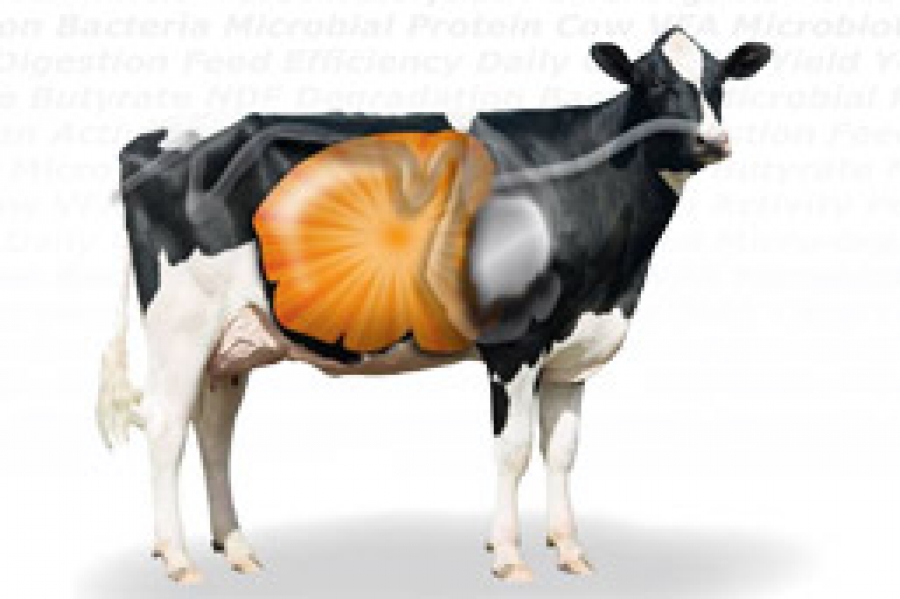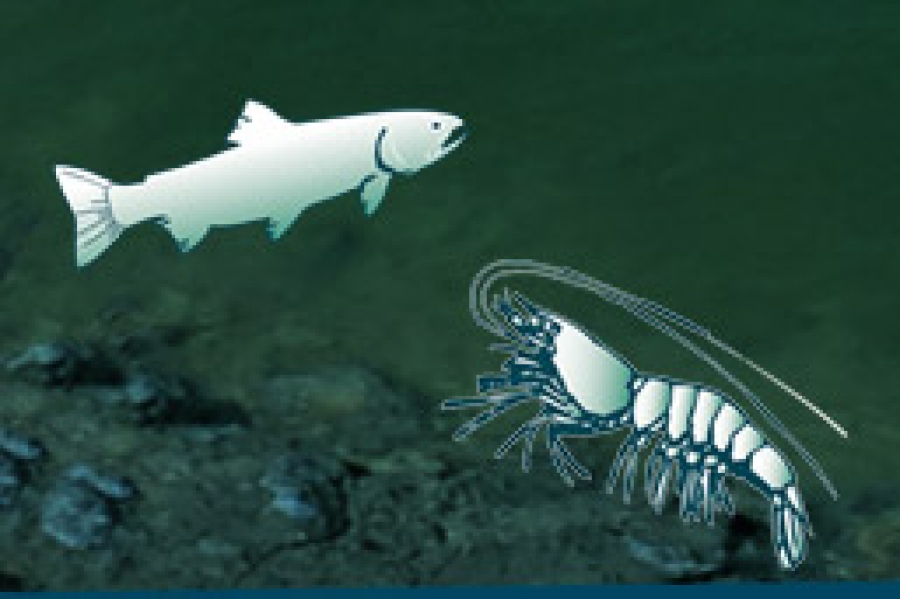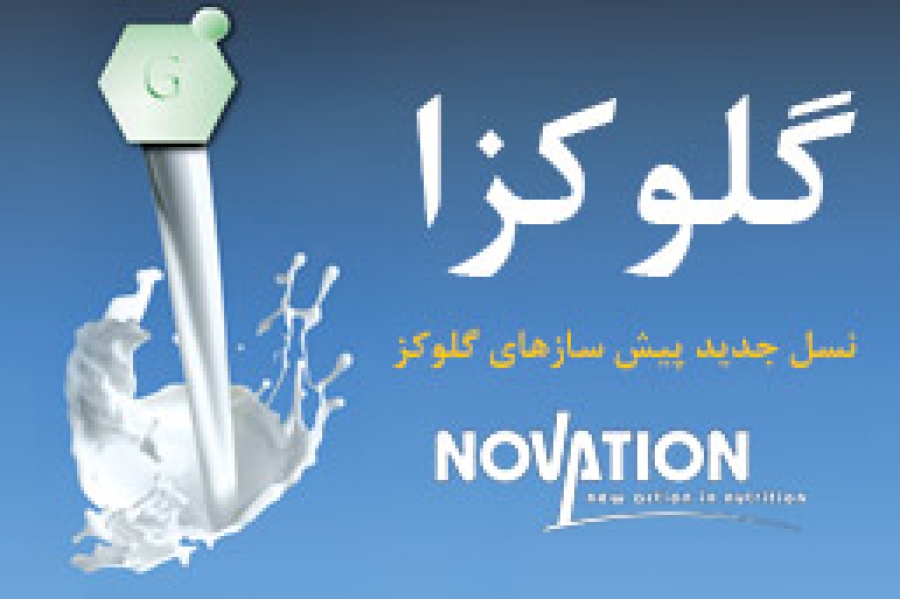This correlates with the poor absorption of deoxynivalenol in poultry. A safety study with 2 commercially available detoxifying agents and veterinary drugs showed innovative results with regard to the pharmacokinetics of 2 antibiotics after oral dosing in the drinking water. The plasma and kidney tissue concentrations of oxytetracycline were significantly higher in broilers receiving a biotransforming agent in the feed compared with control birds. For amoxicillin, the plasma concentrations were significantly higher for broilers receiving an adsorbing agent in comparison to birds receiving the biotransforming agent, but not to the control group. Mycotoxin-detoxifying agents can thus interact with the oral bioavailability of antibiotics depending on the antibiotic and detoxifying agent, with possible adverse effects on the health of animals and humans.
کد مقاله : MPP-001
پس یادداشت کد مقاله بر روی دکمه زیر کلیک نمایید








